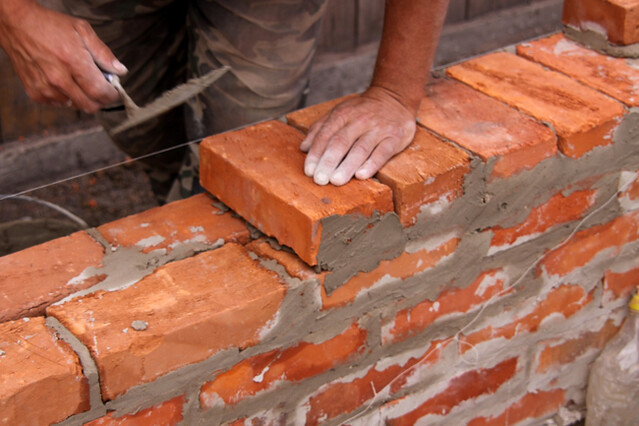Looking for effective ways to drink tap water safely and remove harmful impurities? Explore how water filtering machines work.
Did you know that in 2017 we were buying a million plastic bottles per minute? This is a lot of bottled waters causing plenty of pollution because most of them are not recycled. If you are looking for ways to help save the environment and still drink tap water safely, you are in the right place.
We are going to share more about how water filtering machines work.
How Do Water Filtering Machines Work?
Water filters like the ones you find on www.filtap.com.au have a simple concept – capture anything undesirable in the tap water and only let clean water through. The way this happens is by using a material with microscopic holes in it that can be up to less than 1/100th of a millimeter.
The holes or pores are so tiny that they keep dirt, viruses, and bacteria out but allow the water molecules to go through.
What Else Do Water Filters Remove?
Water filters not only give us better-tasting water because they remove some of the chemicals and foul odors found in tap water they go a step further.
Chlorine and Chloramines
Chlorine and chloramine are used in municipal water treatment systems to kill microorganisms and other bacteria. While they are great disinfectants they can linger around in the water supply and end up in our bodies if we drink it. Chloramines can also kill marine animals and fish.
One of the most effective filters used to remove chlorine and chloramines is granular activated carbon. This type of carbon is treated to have a very high porous surface area that attracts chlorines and catches them in the tiny pores.
Sand and Silt
Most water filters are able to remove dirt, sand, and silt because these are typically larger. Even basic water systems have pores that are small enough to catch any sand and silt that would ruin the water filtration system.
For example, a reverse osmosis system will have this type of filter in it because sand and silt can easily damage the delicate membranes that make up the reverse osmosis machine.
Flouride
There are specific filters that can remove fluoride from your water. A reverse osmosis system is able to remove fluoride and bone char filters. Combining both of those will work even better to remove most of the fluoride in your water.
Bone char is activated carbon made from certain animal bones that are cleaned up. Most animal bones have a special calcium that attracts fluoride. When this is inside a water filtration system the filter exchanges the fluoride ions for hydroxide ions.
Time to Choose a Water Filter for Your Home
Now that you know more about water filtering machines and how they work, are you ready to choose one for your home? Now you can do your research and pick the best one for your needs and wants.
Did our blog post help you today? Please bookmark our site for all things home-related!








